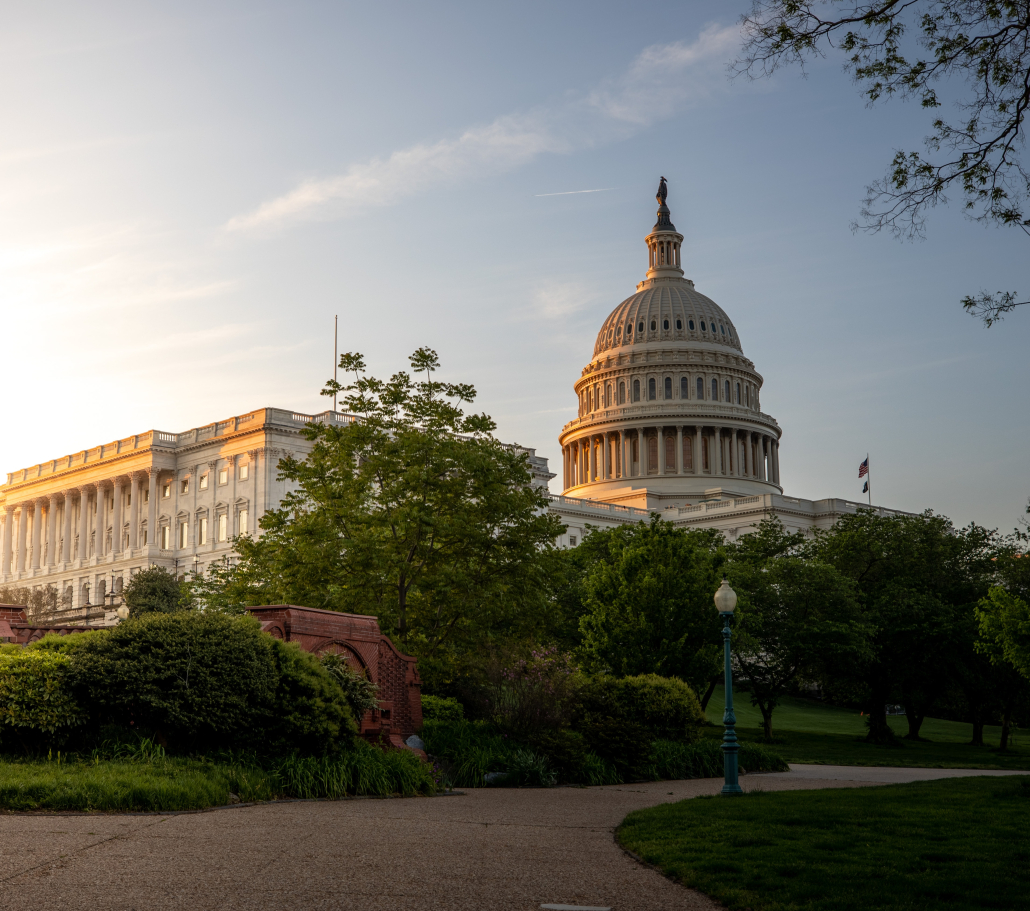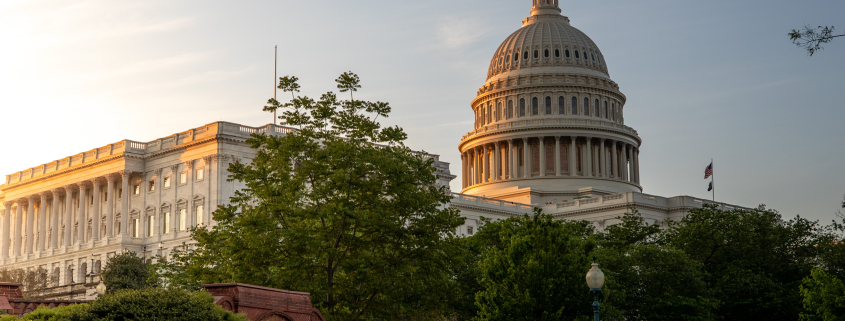Government sectors must collaborate with universities

Last month, USC announced they will partner with the United States Space Force, a branch of the Air Force dedicated to evolving air defense in space. For students, this partnership means they will receive access to numerous research and career opportunities within the space and defense industry.
Lynn Kirby, a spokesperson for the Space Force, said USC students will receive “a consistent pipeline of STEM talent via scholarship, internship and mentorship opportunities for ROTC cadets, university students and faculty.” Regardless of feelings about the Space Force itself, the partnership is impressive, to say the least, and is especially beneficial to students interested in this field.
Imagine if this same type of academic partnership model was applied to other sectors such as education, infrastructure or housing. If presented with similar opportunities and incentives, the government would have the brightest minds working within these crucial public sectors while increasing the likelihood of student employment.
Funneling the smartest young minds in the country into public sector and government positions will not only help students but also improve the country itself.
Creating partnerships creates the necessary connections between our governments, universities and industries. As in the Space Force partnership with USC, students should receive access to various mentorships, internships and resources for each of those specific industries. With students becoming increasingly confused over their career paths, speaking from experience, pipelines between these various structures give students the resources needed to pursue their careers.
In a 2018 annual report from Handshake, an online platform connecting over 9 million students with 250,000 employers, the federal government did not rank among the top 25 employers with the most entry-level job applications. A large reason is that other firms and companies have strong partnerships with campuses and regularly hold recruiting events for students. Students can form relationships with recruiters from as early as their freshman year. However, government job recruiters can and should create these same connections with students through university partnerships.
The 2020 election, where young voter turnout was up 11% from 2016, is only one example of an increase of interest from the younger generation to pursue a career within the government. Furthermore, in a study done by the National Association of Colleges and Employers, around 25% of college students ranked the government as one of their three target industries. The interest and motivation from students are there. You would think a nation centered around capitalism would have taken advantage of this by now.
In terms of what the partnership should look like, it can be a copy-and-paste of USC’s Space Force collaboration but just to more branches of government. Especially with the numerous obstacles the country faces — the Ukraine-Russia conflict, climate change and coronavirus — and more in the future, we need our best and brightest running this country. Times are changing and it’s time to let the younger generation take charge.

